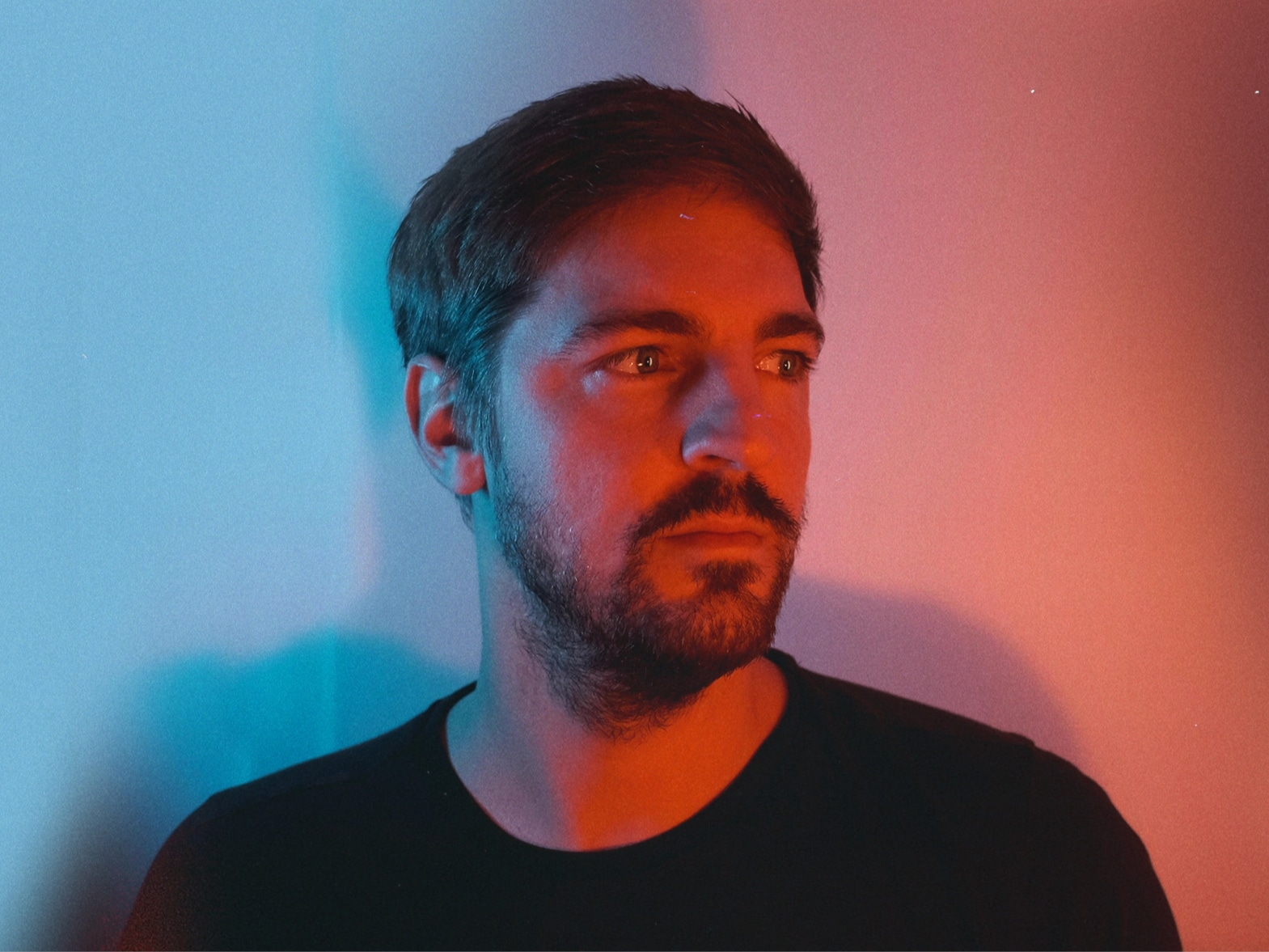Opeth's 1999 album Still Life – released on October 18, 1999 – was a big deal. It was their first and only record on Peaceville Records after they left Candlelight and Century Black, and their first album to feature longtime bassist Martin Mendez. I'd argue it was also the first Opeth album to really nail that unsettling, "evil lurking in the distance" sound that we all know and love.
Personally, Still Life and Blackwater Park were the two albums that got me into Opeth as a teenager.After brushing with the prog genre via Dream Theater and Porcupine Tree, I was eventually led down the darker path of Opeth – one that I never went back on. Still Life captivated me from the second "The Moor" came slowly creeping into my headphones, and thank Satan for the repeat button on my shitty CD-playing boombox, because by the time 'White Cluster" closed out I was ready for it to start all over again.
Despite the record getting great reviews upon its release and being viewed favorably by fans over the years, Still Life wasn't much of a needle-mover for Opeth's career. In a 2019 interview with Invisible Oranges, Opeth mastermind Mikael Åkerfeldt noted that Still Life and the Peaceville folks really only brought the band one major opportunity – their first U.S. show at the original Milwaukee Metal Fest.
"Definitely, that's what happened [that Still Life was a failure, but an opportunity]. But you only live surrounding a record, so once a newer record is out, you ask, 'What is happening now? Oh, okay, nothing is happening.' And it was a good two years between those two records, and two years with nothing is a long time. It was only until we got picked up by Music for Nations to do Blackwater Park and the record that followed that we actually started to have a career of sorts and started touring and things like that. But with Still Life there was nothing…
"Apart from one really good thing I remember from the Still Life cycle… we played our first US show. We played the Milwaukee Metal Fest in 1998? 1999? [ed. note – it was 2000] Whenever it was. We had a packed room. Someone said there were 2,000 people in there and we were like, 'What? Two thousand people? It's like Iron Maiden!' [laughs] We saw that, yeah, there are fans who are listening to this record! We just never told — there was no way for us to get that type of response apart from a few measly comments on whatever tiny little website page we had at the time. But not much happened with Still Life — of course, that was the catalyst to what was going to happen with Blackwater Park and Music for Nations."
But what the hell was Still Life about? That Travis Smith cover art is clearly hinting at something, right? According to Åkerfeldt in a 2008 interview with Metal Update, Still Life revolves around a small-town heretic returning to his very religious home town and all the bad things that transpire shortly thereafter.
"For My Arms, Your Hearse it was like a ghost story. The basic theme was that this person dies. He's kind of reborn as a ghost, and he stays in the same environment. He sees his loved ones, like family members and friends, going on with their lives. It's almost like a film – what's it called? The Sixth Sense – he doesn't understand that he is dead – but I wrote it actually before the Sixth Sense came out. It's almost like a film.
"Still Life was not Satanic but an anti-Christian theme. It sounds pretty naive when I explain it like this. It kind of takes place a long time ago when Christianity had a bigger importance than it has today. The main character is kind of banished from his hometown because he hasn't got the same faith as the rest of the inhabitants there. The album pretty much starts off when he is returning after several years to hook up with his old 'babe.'
"Obviously a lot of bad things start happening with, as I call it on the album, 'the council.' The big bosses of the town know that he's back. A lot of bad things start happening. They see him as a hypocrite in a way. It's almost like a devil's advocate or whatever it's called."
Still Life was released on October 18, 1999, but wouldn't make its way over to the U.S. for release until February 27, 2001 thanks to distribution issues. Still Life has also largely dropped off Opeth's live setlists, with "The Moor" still getting some play in 2022 and 2023; and 'Face Of Melinda" coming back for the first time in seven years earlier this year.
Anyway, go listen to Still Life. It's exactly as great as it was 25 years after its release.
Want More Metal? Subscribe To Our Daily Newsletter
Enter your information below to get a daily update with all of our headlines and receive The Orchard Metal newsletter.

 1 month ago
11
1 month ago
11


















 English (US) ·
English (US) ·